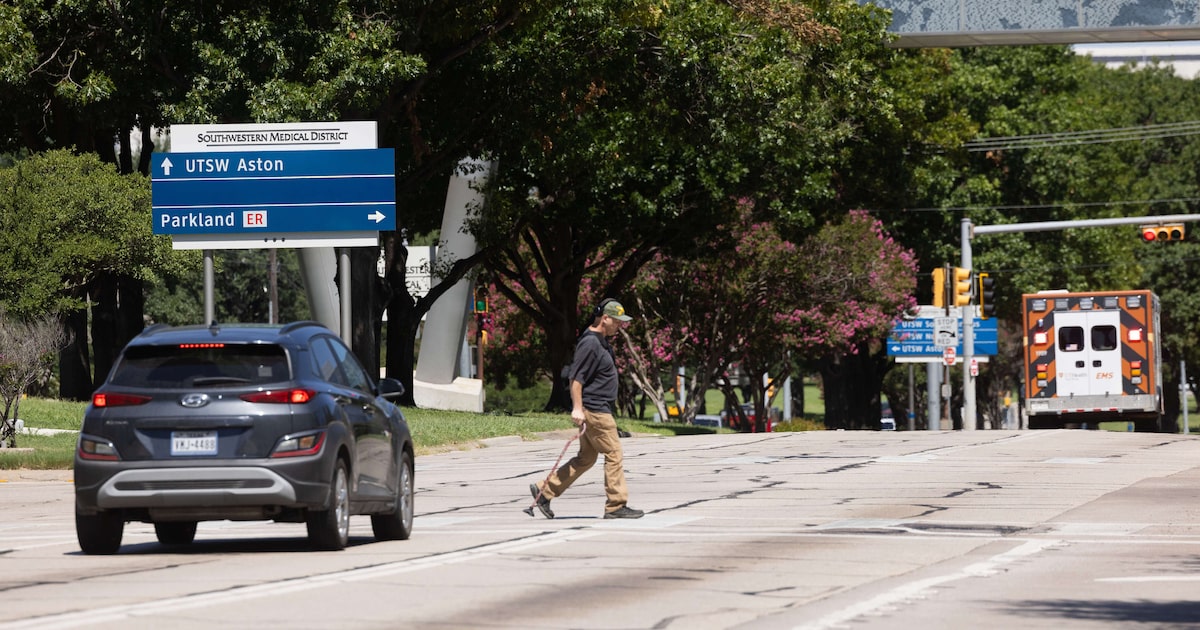Dallas isn’t known for its pedestrian- or cyclist-friendly streets. More often than not, attempting to walk anywhere in the city means tripping over uneven sidewalks or getting stuck at busy intersections that are difficult to cross. The Southwestern Medical District, one of the city’s busiest areas, is no exception.
Fortunately, that may be changing. A $198 million project led by the Texas Trees Foundation is set to make Harry Hines Boulevard greener, more walkable and safer for pedestrians and motorists. The project — funded with $25 million in state funds plus private dollars — will add a new park at Harry Hines Boulevard and Inwood Road, expand sidewalks and bike lanes and introduce traffic-calming infrastructure. It’s part of a broader effort to reimagine the medical district.
The Texas Trees Foundation has secured about $60 million for the project and is working to raise the rest, this newspaper reported.
This is an area that sees around 3.4 million patients annually and is home base to over 42,000 employees across Parkland Health, UT Southwestern Medical Center and Children’s Medical Center Dallas. The improvements are welcome, but the Harry Hines corridor isn’t the only street in the area in need of attention.
Opinion
Just to the east, Maple Avenue is arguably even more dangerous. According to city data, from 2020 to 2025, a stretch of Maple between Oak Lawn Avenue and Inwood Road saw 17 fatal or severe-injury crashes — about 47% more than a similar length of Harry Hines.
We previously supported the city’s safety improvement plan for Maple Avenue, which includes upgraded sidewalks and crossings, bike lanes and a reduction of vehicle lanes. However, the future of that project seemed uncertain last year amid concerns from business owners about the impact on traffic to their stores and from hospital leaders about emergency response times.
These concerns are understandable, but this city can find a way to make our streets safer for pedestrians while also allowing emergency vehicles through and propping up local businesses. If Harry Hines Boulevard is transforming, extending these improvements to neighboring Maple Avenue is a logical coordination strategy for the area.
The 2024 master plan for the Southwestern Medical District included the Maple Avenue safety project in an outline of how this area should be reimagined.
If traffic-calming and pedestrian improvements are possible on Harry Hines Boulevard — a major thoroughfare lined with hospitals and frequently used by emergency vehicles — it stands to reason that similar changes could work on Maple Avenue, too. And if done thoughtfully, this doesn’t have to be a tradeoff between safety and access.
We’re investing in making the medical district greener, safer and more walkable. But it’s not enough to fix one street at a time. While separate projects, these improvements should be coordinated, especially when these neighboring streets serve overlapping communities of workers, patients and residents.
